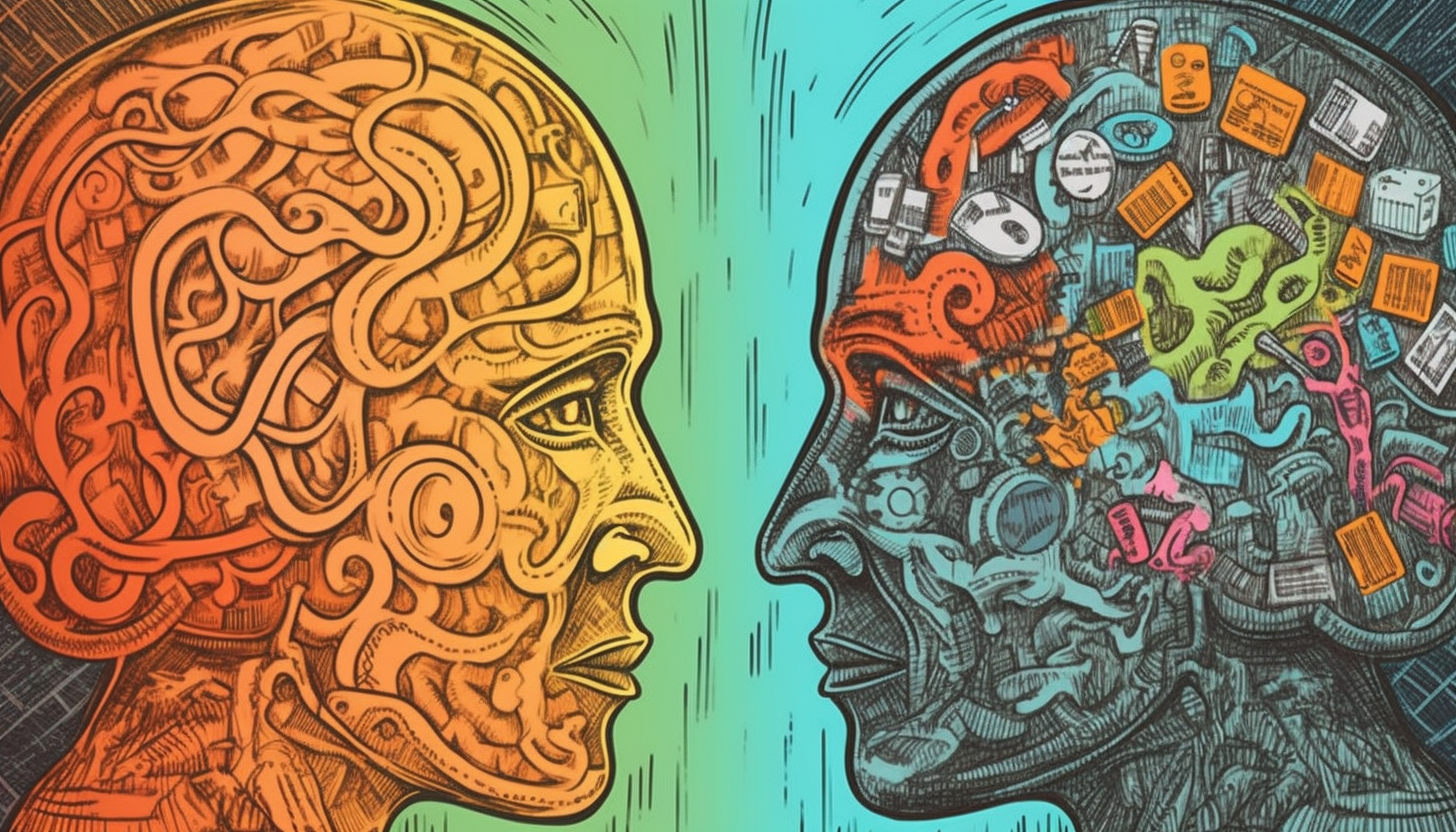It Was Just a Coincidence
Why do so many believe in pseudoscience? At least half of the public believes in the existence of extrasensory perception. Perhaps this is a result of observing or believing one has observed events too unlikely to occur in a universe which science currently describes as nothing more than an interaction of particles and forces. Four things, and more importantly, their interaction, cause otherwise reasonable people to abandon reasoning and place faith in unsubstantiated pseudoscience.
First, inability to calculate probability. Our interaction with the world is so incomprehensibly complex and continuous that it is very difficult to understand the probability of an event occurring. That is, we notice when something does happen, but we do not notice all the times it could have happened and did not. We may notice the three streetlights that turn off as we drive underneath them on the way to work, but we don’t notice the 200 that stayed lit. Nor do we notice that two of the three constantly flicker, giving the impression that since we take the same route to work every day, we have some magical aura that influences some of the lights. Regardless, there simply is not enough data to come to an outlandish conclusion as, “Magical waves emanate from me, affecting the filaments in nearby lightbulbs.”
We often ignore the circumstances of a coincidence and assign it a lesser likelihood. We don’t recognize the convergent nature of many situations which actually makes them more likely to happen. Running into someone at a neurobiology conference and then at a brain science conference across the country isn’t very coincidental. Neither is driving behind someone for a long duration, exiting to refuel, and seeing them emerge from an exit 100 km later.
Further skewing our ability to calculate probability is the desire to assign every chance encounter “most amazing” status, refusing to recognize countless other outcomes which would’ve been equally amazing. “Can you believe the number he said to beware of was the actual flight number of my trip? Isn’t that amazing?” Reading the same number on a pill, friend’s house, stock price, license plate, or hotel room would’ve provoked an equally amazed reaction. How many numbers does one encounter in a day? This brings us to…
Second, the power of suggestion. Once someone mentions a number to beware or talks about being able to affect streetlights by driving under them, we look for the same thing to happen to us, and of course, find it. Since we’ve never noticed it before in the enormous slew of daily events, we assume it recently started happening, further skewing our ability to calculate its actual probability. Suggestion easily triggers the pattern recognition that is such a large part of how we think.
Third, using a neural network to think and observe. The brain is a type of computer specifically adept at looking for patterns. We do it constantly. It’s how we’re able to recognize objects and sounds. We look at clouds and see faces and shapes that don’t exist. Since we understand that they’re just localized concentrations of humidity, we’re able to accept on some level that recognizing shapes is just something our wandering mind enjoys. We dismiss it. However, when we’re a part of the more complex situations encountered in hectic, daily life, it’s difficult to realize that many of the patterns which appear to exist are just products of using a neural network to perceive the world.
Fourth, self-centeredness. This is the icing on the first three. We are all incredibly self-centered individuals. Everything is about us. We notice improbable things happening to us, and ignore how often it happens to others, a mistake in calculating probability. Are you certain the streetlight didn’t go out when the person driving in front of you was under it? Further abstraction from understanding one’s brain is wired to recognize patterns, combined with his self-centered nature may result in paranoia. “Three people in suits just walked by. The government is after me.”
